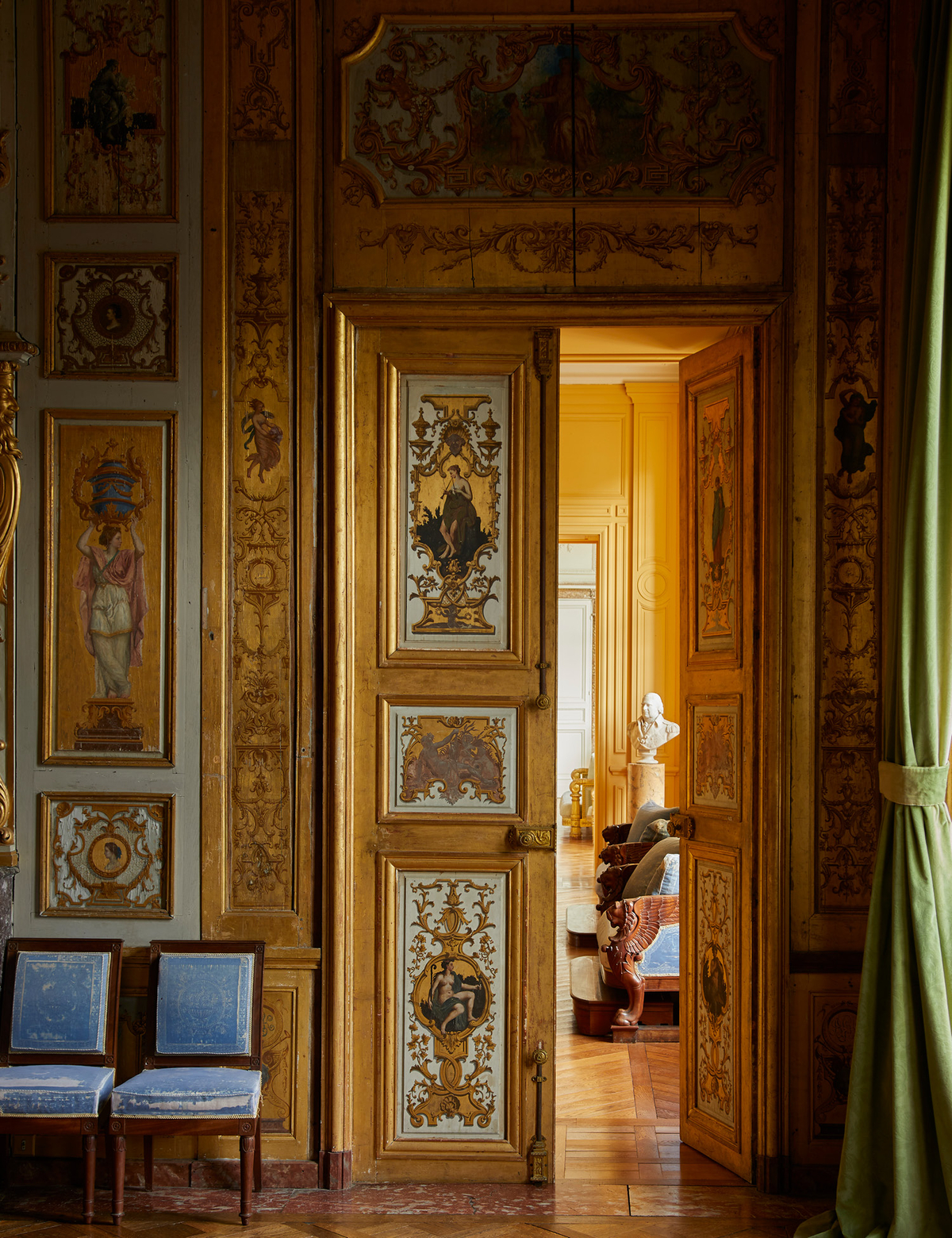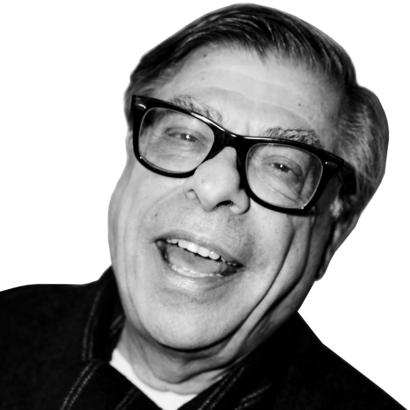In a time of constant change—political, economic, environmental, and, most relentlessly, technological—it’s comforting to know some things stay the same. Château de Haroué, near Nancy, in northeastern France, was built between 1720 and 1729 for Marc de Beauvau, Prince of Beauvau-Craon, Prince of the Holy Roman Empire, Grandee of Spain, Grand Constable of Lorraine, and Viceroy of the Grand Duchy of Tuscany. His descendants have occupied it ever since.
Now, 300 years after the first stone was laid, a member of the family’s newest generation, Victoria Botana de Beauvau-Craon, has produced a book for Rizzoli, Château de Haroué: The Home of the Princes de Beauvau-Craon, that beautifully captures the splendors of the 82-room castle and surrounding 2,179-acre park.
Designed by the prominent 18th-century architect Germain Boffrand, the palace has 365 windows, 52 fireplaces, 12 turrets, and four bridges, symbolizing the eternal rhythms of the year—and, implicitly, the permanence of the château, praised even in its time as one of the most elegant in France.
There is also a moat, which was filled with swans the first time I saw the place, in 1978, at the wedding of Princess Minnie de Beauvau-Craon, Victoria’s mother, and London art expert Duncan McLaren—a grand and rather wild affair that mixed aristocrats and jet-setters in high 70s style.
It wasn’t until 2010 that I returned, to see the exhibition “Cristóbal Balenciaga, Philippe Venet, Hubert de Givenchy,” curated by Minnie’s friends Hubert de Givenchy and Philippe Venet themselves. It was one of a series of historical, fashion, and design exhibitions she began organizing every summer after the 1983 death of her father, Marc, the last Prince of Beauvau-Craon, to attract more visitors to the château.
The book includes an introduction by Minnie, reflecting upon what it meant to grow up amid “Haroué’s beauty, purity and grandeur.” The photographs of Miguel Flores-Vianna, an Argentinean based in London, perfectly illustrate the château’s uniqueness and subtle romanticism, from its cellars to its attics, and all the magnificence in between.
In his foreword, the interior designer Jean-Louis Deniot, a longtime family friend, sums up things best: “For me the Beauvau-Craon princes are the epitome of Frenchness. Their motto, ‘Sans departir’ (Never to forsake), evokes great vision, self-assurance, dependability, untiring intrepidness, and determination.”
Bob Colacello is an Editor at Large for AIR MAIL













